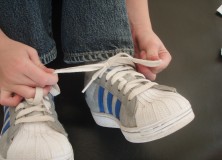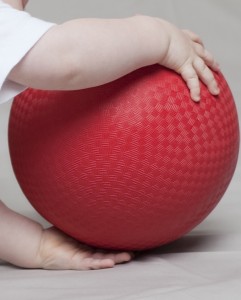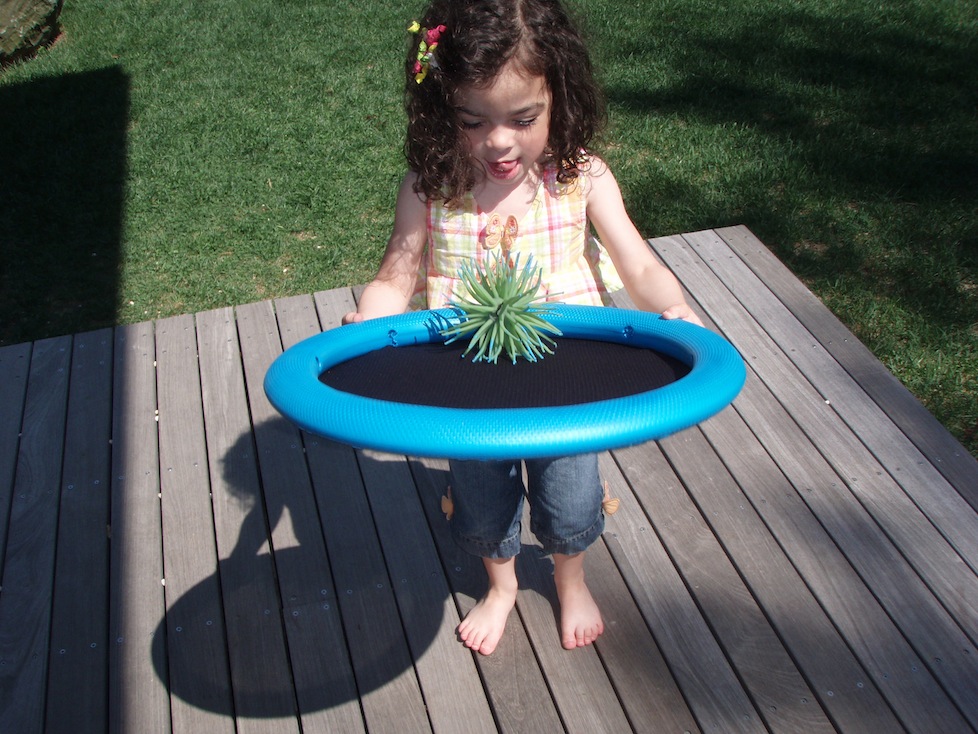- We have two hands, two legs and two eyes. Learning to use these pairs in a coordinated way requires practice. When using both hands, tasks are easier to do. Try tying your shoe laces with one hand. Even tennis pros insist that both hands should always be part of the action; pointing towards the ball while setting up and aiding with the follow-though swing.
- Eyes need to move together, looking at one point simultaneously.
- Legs move separately, but the motion of both limbs must be in sync.
For some lucky people, using both sides of the body in harmony occurs naturally and it is not until more advanced skills (e.g. learning a musical instrument or playing hockey) that instruction and practice are required.
Many children, however, need guidance and encouragement to use the hands together, coordinate eye movements and have the legs move easily together in a specific pattern (e.g. crawling, hopping, skipping).
Using both sides of the body also helps build pathways in the brain. The more both sides of the body are used, the more both sides of the brain communicate, creating super highways for nerves to send signals important for:
- performance
- learning
- social/emotional health.
For more information and recommended activities for each age group click below:


